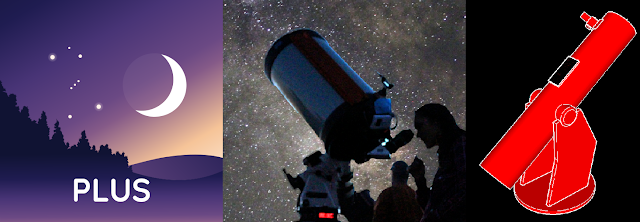Stargazing Made Simple: The Best Mobile Apps for Identifying and Locating Stars

The way we explore and comprehend the night sky has been completely transformed by technology. Astronomy enthusiasts now have strong tools available at their fingertips to explore the cosmos thanks to the development of cutting-edge software and smartphone applications. In this post, we will examine three well-liked astronomy-related apps that improve our stargazing experiences and give us useful knowledge and direction. These apps are Stellarium, AstroHopper, and NightShift. Stellarium: Stellarium is a well-known open-source planetarium software that displays the cosmos on your computer. With the help of this feature-rich application, users can simulate the night sky in real-time and view celestial objects like stars, planets, constellations, and even nebulae in incredibly precise detail. Users can change variables like time, place, and viewing viewpoint with Stellarium's customisable options. It is a priceless instructional tool for both beginning and experienced astronomers than...




